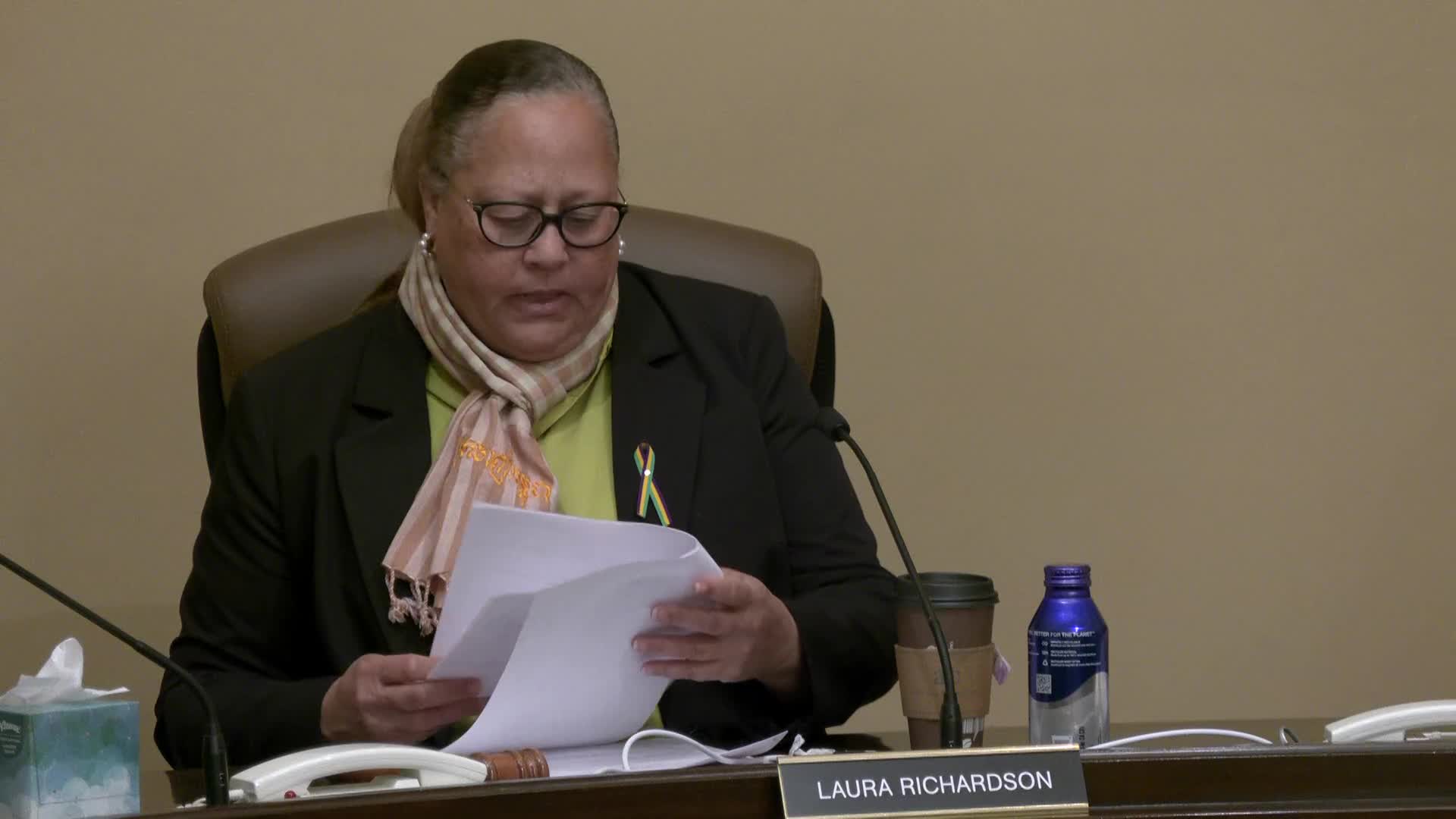CDCR officials highlight rehabilitation programs' role in reducing recidivism at California prisons
April 24, 2025 | California State Senate, Senate, Legislative, California
This article was created by AI summarizing key points discussed. AI makes mistakes, so for full details and context, please refer to the video of the full meeting. Please report any errors so we can fix them. Report an error »

In a pivotal meeting of the California State Senate's Budget and Fiscal Review Subcommittee No. 5, key figures from the California Department of Corrections and Rehabilitation (CDCR) and community organizations gathered to discuss the future of rehabilitative programs within the state's prison system. The atmosphere was charged with a sense of urgency and hope as they outlined the importance of holistic rehabilitation for incarcerated individuals.
Denise Tanamoto, deputy director of operations at CDCR, opened the discussion by emphasizing the department's commitment to a comprehensive approach to rehabilitation. She highlighted the critical role of education and substance use disorder treatment, noting that nearly 41% of incarcerated individuals require such support. Tanamoto expressed gratitude for partnerships with community organizations that provide essential services, including trauma healing and restorative justice programs. These initiatives aim to empower individuals to take charge of their rehabilitation, with incentives like time-off credits for participation in programs.
Kenneth Hartman, executive director of Transformative Programming Works, shared his personal journey through the prison system, underscoring the transformative power of community-based programs. He advocated for increased funding, specifically a $20 million allocation for the Right Grant, which supports over 100 organizations providing diverse rehabilitative services. Hartman pointed out that participants in these programs experience significantly lower recidivism rates, a stark contrast to the 70% rates seen a decade ago.
The meeting also addressed the logistical challenges faced by community organizations, particularly the need for reduced oversight by custody staff to foster a more conducive environment for healing and learning. Hartman argued that the presence of non-program staff can disrupt the delicate balance necessary for effective rehabilitation, especially in women's prisons.
As the discussions unfolded, it became clear that the collective goal is to create safer communities through investment in rehabilitation. The data speaks volumes: the latest recidivism report from CDCR shows a historic low of 39.1%, with those engaged in rehabilitative programs achieving rates as low as 14.8%. This evidence reinforces the notion that rehabilitation is not just beneficial for individuals but is a crucial component of public safety.
The meeting concluded with a shared commitment to continue advocating for funding and support for these vital programs. As California navigates the complexities of its correctional system, the voices of those dedicated to rehabilitation echo a powerful message: investing in people leads to safer communities and brighter futures.
Denise Tanamoto, deputy director of operations at CDCR, opened the discussion by emphasizing the department's commitment to a comprehensive approach to rehabilitation. She highlighted the critical role of education and substance use disorder treatment, noting that nearly 41% of incarcerated individuals require such support. Tanamoto expressed gratitude for partnerships with community organizations that provide essential services, including trauma healing and restorative justice programs. These initiatives aim to empower individuals to take charge of their rehabilitation, with incentives like time-off credits for participation in programs.
Kenneth Hartman, executive director of Transformative Programming Works, shared his personal journey through the prison system, underscoring the transformative power of community-based programs. He advocated for increased funding, specifically a $20 million allocation for the Right Grant, which supports over 100 organizations providing diverse rehabilitative services. Hartman pointed out that participants in these programs experience significantly lower recidivism rates, a stark contrast to the 70% rates seen a decade ago.
The meeting also addressed the logistical challenges faced by community organizations, particularly the need for reduced oversight by custody staff to foster a more conducive environment for healing and learning. Hartman argued that the presence of non-program staff can disrupt the delicate balance necessary for effective rehabilitation, especially in women's prisons.
As the discussions unfolded, it became clear that the collective goal is to create safer communities through investment in rehabilitation. The data speaks volumes: the latest recidivism report from CDCR shows a historic low of 39.1%, with those engaged in rehabilitative programs achieving rates as low as 14.8%. This evidence reinforces the notion that rehabilitation is not just beneficial for individuals but is a crucial component of public safety.
The meeting concluded with a shared commitment to continue advocating for funding and support for these vital programs. As California navigates the complexities of its correctional system, the voices of those dedicated to rehabilitation echo a powerful message: investing in people leads to safer communities and brighter futures.
View full meeting
This article is based on a recent meeting—watch the full video and explore the complete transcript for deeper insights into the discussion.
View full meeting
